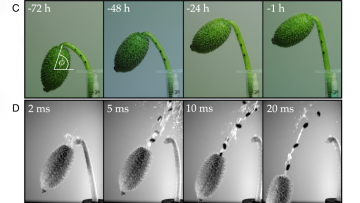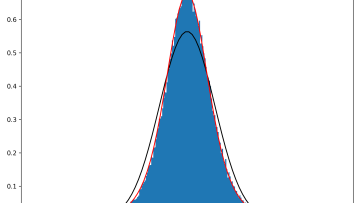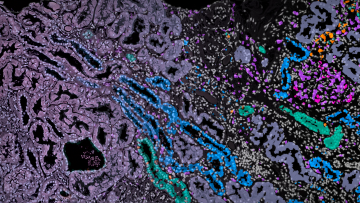I study the large scale geometry of infinite groups and spaces, focusing on quasi-isometries, which are maps between groups or spaces that preserve the large scale geometry. Since quasi-isometries need not be continuous, distinguishing groups up to quasi-isometries can be challenging. This motivates considering invariants, that is, properties preserved under quasi-isometries.
Why do some memories last a lifetime while others fade away? A groundbreaking new study sheds light on this mystery by uncovering hidden patterns of brain activity that support long-term memory. Using a framework inspired by thermodynamics, scientists have developed a novel approach to understanding how different brain regions work together to shape cognition.
In this case study we survey the historical development of $\mathrm{Lip}(\gamma)$ functions, beginning with the work of Hassler Whitney from the 1930s and ending with some of the recent properties established by Terry Lyons and Andrew McLeod that are particul
One of the most important questions in theoretical physics is finding a theory of quantum gravity, which could help us address fundamental questions about our world, related to what is inside a black hole, or what is the origin of the universe. Several approaches have been developed over the past decades to tackle this problem, with string theory being a leading candidate due to its potential to unify the laws of physics.
In this case study I report on a collaboration with Mo Dick Wong (Durham University), in the area of analytic and probabilistic number theory. We studied questions on a random model for the Möbius $\mu$ function. This function is one of the most elusive functions in number theory, and encodes deep questions on primes. Let's define it properly.
Globally kidney disease is forecast to be the 5th leading cause of death by 2040, and in the UK more than 3 million people are living with the most severe stages of chronic kidney disease. Chronic kidney disease is often due to autoimmune damage to the filtration units of the kidney, known as the glomeruli, which can occur in lupus, a disease which disproportionally affects women and people of non-white ethnicities, groups often underrepresented in research.




















